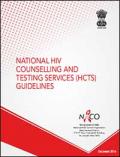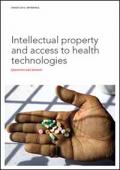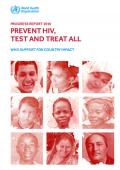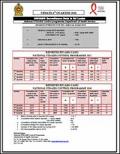Publications on People Living With HIV (PLHIV)
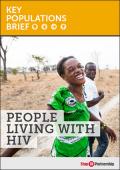
Resource | Publications,
While HIV-induced immuno-suppression makes people living with HIV (PLHIV) extremely vulnerable to TB, stigma, absence of precise point-of-care diagnostics, and poor integration of TB and HIV services make TB particularly deadly for this population. Along with stigma, other factors such as gender, poverty and malnutrition promote delays in diagnosis, present barriers to treatment, and impact patients’ adherence to medications.
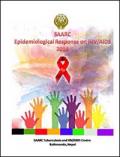
Resource | Publications,
This is the 14th report on HIV epidemiology. This report "SAARC Epidemiological Response on HIV and AIDS – 2016" has incorporated the updated information and brief analysis on HIV/AIDS as of December 2015. It includes statistical information and brief analysis on HIV & AIDS and describes HIV/AIDS situation in global, regional and SAARC member states.
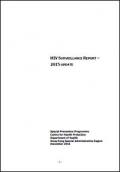
Resource | Publications,
The report aims to provide strategic information to facilitate planning of services and intervention activities for the prevention, care and control of HIV/AIDS. Following a commentary, data collected from five main components of our surveillance programme were presented as tables and graphs. Findings of the HIV and AIDS Response Indicator Survey (HARiS) and other studies were also included.

Resource | Reviews and Snapshots,
The world has embraced the UNAIDS 90–90–90 treatment target, whereby 90% of people living with HIV know their HIV status, 90% of people who know their HIV-positive status are accessing antiretroviral treatment, and 90% of people on treatment have suppressed viral loads.
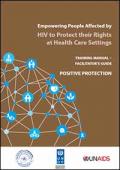
Resource | Tools,
This training manual, titled Positive Protection: Empowering People Affected by HIV to Protect their Rights at Health Care Settings, will contribute to meeting the SDGs by empowering people affected by HIV in Cambodia with the information, skills and strategies they need, in order to ensure that their rights are respected when they seek health care services and to have access to legal redress in the event of rights violations and to work collectively to identify and propose solutions to systemic issues.






